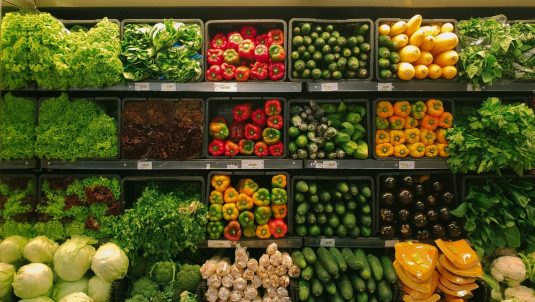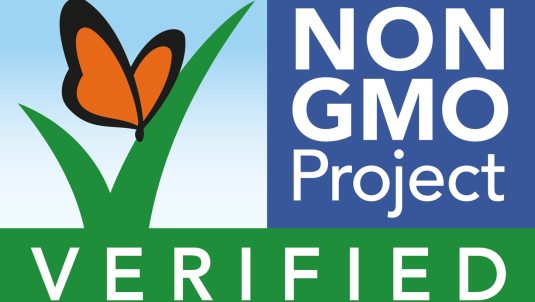What’s In a Name? Deciphering “Organic” Labeling
Organic food continues to rise in popularity, but how do you know if the ingredients you’re getting are actually organic? Whether you’re just doing the grocery shopping for your family or buying organic produce for restaurants you own, you probably want to be sure that you’re not getting ripped off. Unfortunately, labeling on such items can be quite confusing. Fortunately, the Organic Restaurants blog can help you figure out what certain labels mean and what you’re actually getting when you’re shopping for food.
Better Organic Eating — No Labels, No BS.
USDA Organic
This label is mostly found on agricultural products, including meat, dairy, and produce. You can also find it on condiments and beverages. Anything with this label has been made with 95 percent organic ingredients. There’s no use of synthetic growth hormones or antibiotics. Producers who are certified USDA organic also avoid the use of pesticides, irradiation, and biotechnology.
Made With Organic Ingredients
This is a label that’s similar to the USDA Organic label, but products with this label haven’t quite met the same high standards. Something with this label is produced without synthetic methods. At least 70 percent of its ingredients are organic, so it’s still good for you, but not quite as organic as something that can use the USDA seal.
Fair Trade
If you see this label, it means that a product has been produced with certain guidelines in mind. You might see it on products like bananas, juices, wine, coffee, and cacao. “Fair Trade” means that crops were grown and processed in ways that support economic, environmental, and social development. There are also provisions about workers and their conditions, and child labor or forced labor cannot be used to make a fair trade products. These products may not contain 70 percent or 95 percent organic ingredients though, like products with the previous two labels.
Natural
This label really doesn’t mean anything. Many products are labeled “Natural” and there’s really no regulations surrounding such labeling, so just know that this does not mean the same as organic.
Grassfed
The USDA does have a standard for grass fed beef and dairy. Products with this label come from livestock that were fed only on pasture. These animals were not given antibiotics or synthetic hormones, and they were not confined.
Non-GMO
The Non-GMO Project is a non-profit that has developed its own labeling program. It verifies that there are no genetically modified organisms involved at any part of the manufacturing process.
Raised without Antibiotics
This label is not certified, but it is backed up by information from farmers and processors. Such a label means that the pigs, cows, or chicken raised on a farm were not given antibiotics that are needed in overcrowded, unsanitary factory farms.
All Natural and Free-Range
These are not regulated by a government agency or any other group. There are no universal standards, so this label isn’t always useful or worth paying more for.
Want to learn more about organic food and labeling? Visit the Organic Restaurants blog to learn more about the latest standards and how you can be sure about what you’re buying.
Find restaurants with organic options near you
Search by city or see restaurants close to you.






 Sign in with Google
Sign in with Google Sign in with Facebook
Sign in with Facebook